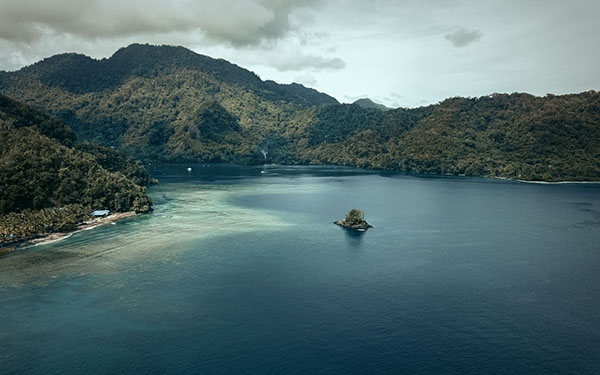
Ridge-to-reef forests of Melanesia
Forests are essential to Melanesian Kastom and culture
The ‘dark bush’ of Melanesia’s primary forest is deeply embedded in their culture and ways of life and is fundamental to the vitality and health of their islands and fringing reefs. In response to impacts and threats of extractive logging and industrial developments, the Melanesian Forests Programme is developing projects to demonstrate forest protection through a conservation economy based on empowering communities to harness and share the benefits of forest protection.
About the Melanesia forests
Primary forests cover significant areas of Papua New Guinea, the Solomon Islands, Vanuatu and Fiji. These forests are home to huge and unique biodiversity. For example, PNG has 5% of the worlds biodiversity in less than 1% of the world’s land area, with a high proportion of endemic species. Much of this biodiversity is contained in forests, and the forests are essential for maintaining and protecting the coral reefs and coastal ecosystems across the region, which highlights the need for a Ridge-to-Reef approach. The forests and coast are important resources for communities and hold a deep cultural importance within Melanesian Kastom.
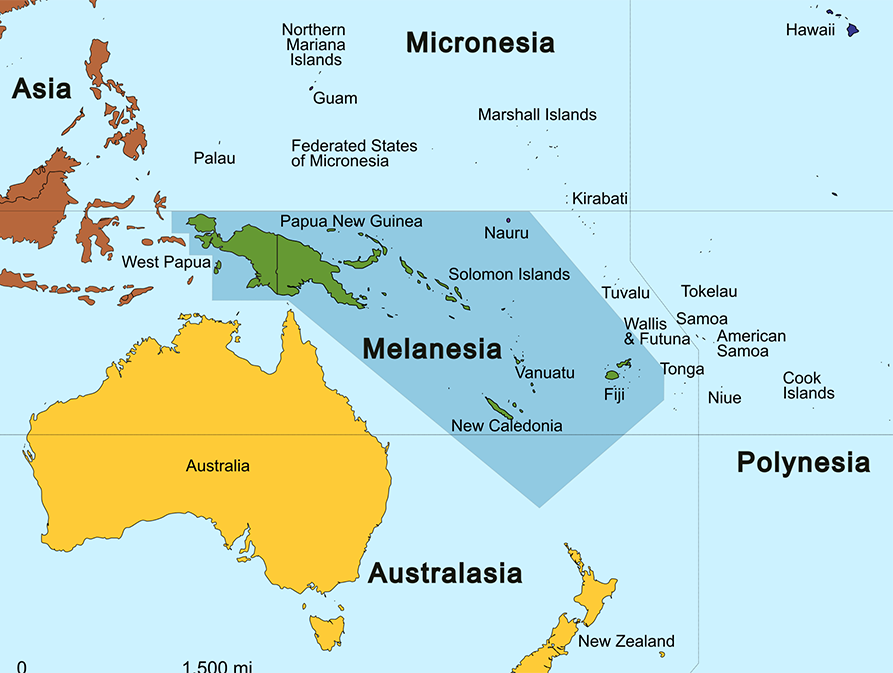
Logging has been widespread, especially in PNG and the Solomon Islands, and provides a significant source of income for some Melanesian countries. In addition to logging, the forests face increased clearing for smallholder farming (gardens) in response to an increasing population and climate change impacts on productivity. This point to the need for a holistic landscape, which was the focus on the Melanesian Forests Programme developed by the Forests & Climate Program.
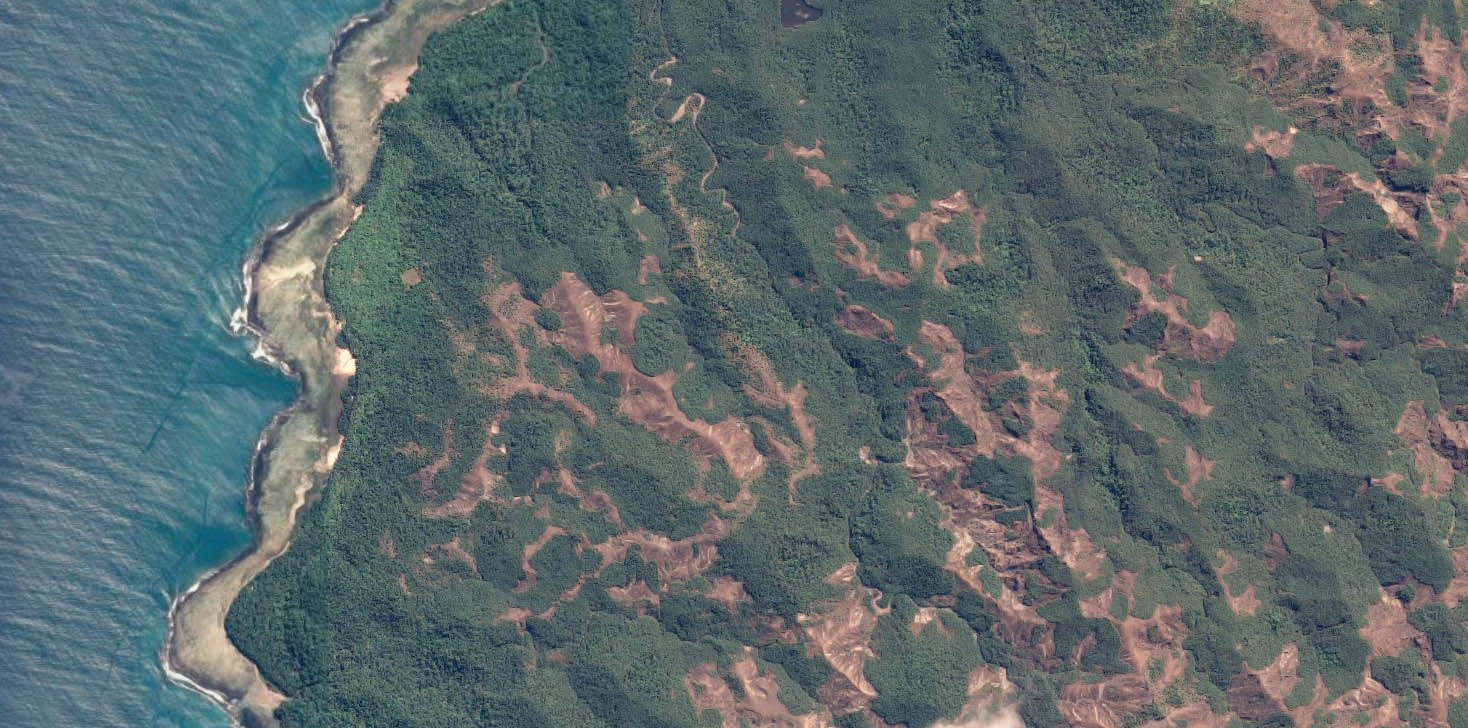
Evidence of significant logging in the Solomon Islands, showing the links between logged catchments and inshore reefs.
What's at stake
The more than 45 million ha of Melanesian tropical forests, of which more than half is primary forest, provide vital ecosystem services and support traditional cultural values.
Much of the region has ongoing significant deforestation and forest degradation due to extractive logging and expanding subsistence gardening. Ongoing climate change, population growth, urbanisation and development add to these risks.
However, customary land ownership and strong cultural connection to the land (Kastom) provide opportunities to pursue an alternative approaches to enhance well-being based on forest protection and proforestation that combine existing cultural values and innovation
Forest carbon content (above and below ground biomass): Melanesia
| Forest cover (million ha) | Primary forest | Total forest carbon (tonnes) | Primary forest carbon (tonnes) | |
|---|---|---|---|---|
| Papua New Guinea | 41.2 | 70% | 13.8 billion | 10.8 billion |
| Solomon Islands | 2.5 | 51% | 0.61 billion | 331 million |
| Fiji | 1.5 | 40% | 0.28 billion | 126 million |
| Vanuatu | 1.1 | 30% | 0.23 billion | 71 million |
| Total | 46.3 | 41% | 15.0 billion | 11.3 billion |
Current activity
The Forests and Climate Program is supporting the establishment of the Melanesian Forest Programme - a sub-regional approach to establishing a network for forest protection, guided by stakeholder engagement and partnerships.
The Melanesian Forest Programme is pioneering forest protection projects that empower Melanesian communities to build a conservation economy. The projects use community-led forest protection and restoration to harness and share the benefits of the forests to enhance community well-being, avoid deforestation and build resilience to climate change.
The Programme has worked with Melanesian Spearhead Group (MSG) Secretariat and GIZ to develop a US$20 million seven year proposal for the Green Climate Fund to implement four projects covering around 100,000 ha of forest, of which more than 70% is estimated to be primary forest.
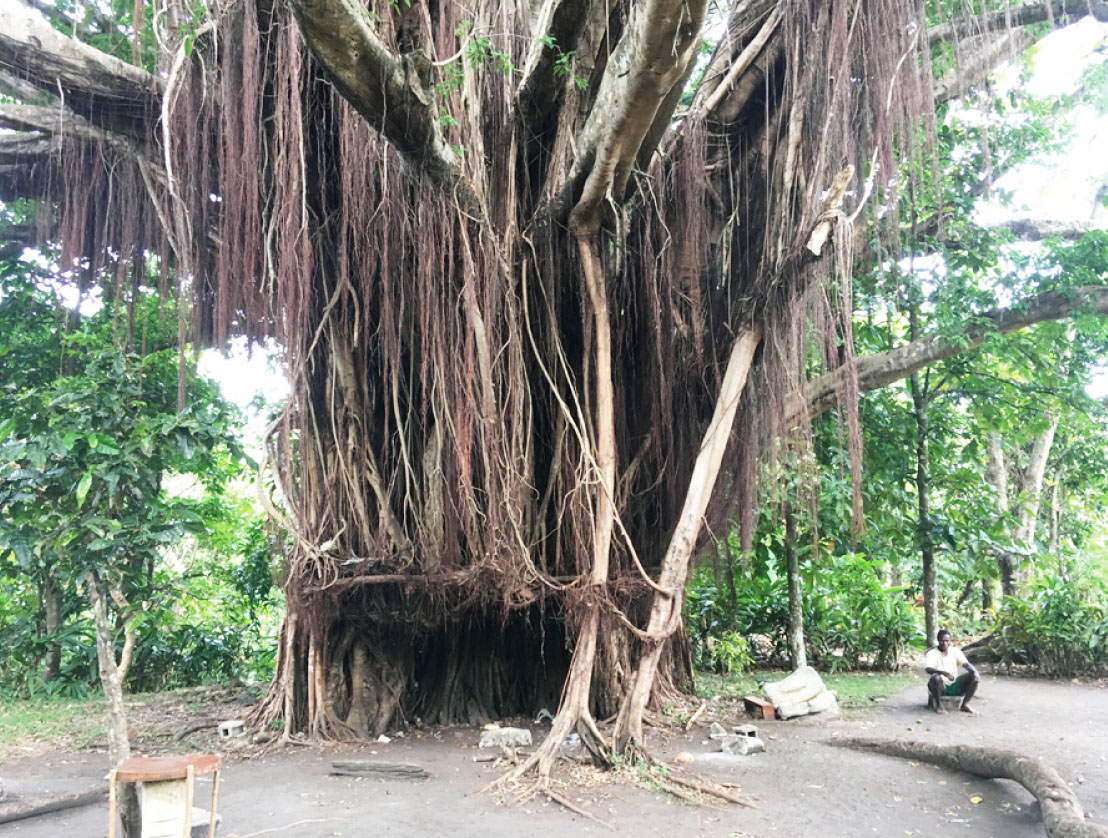
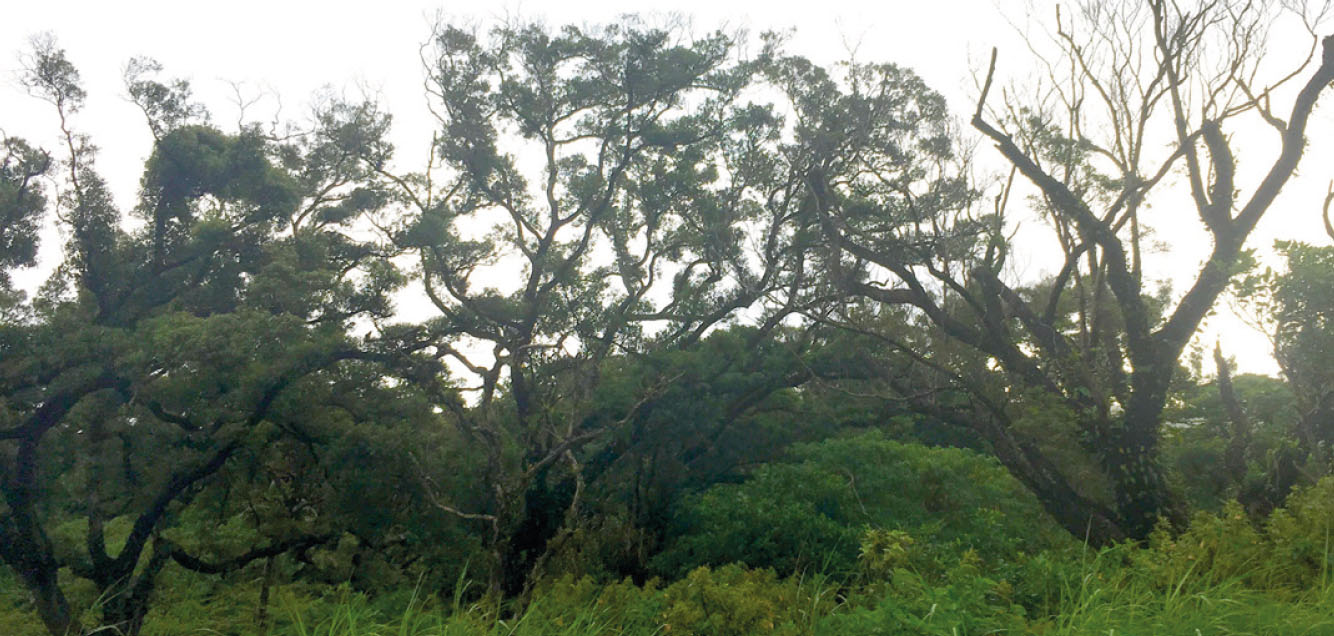
Up-scaling protection
The Melanesian Forests Programme will continue to seek funding and grow partnerships and engage communities to expand the network of protected primary forests supported by a conservation economy by establishing 8 projects across 4 countries.
Ongoing activities for community forest protection project including training and employment of community rangers, establishment of Payments for Ecosystem Services and microbusiness enterprises, and community-led participatory governance and planning.
In total, the initial projects will protect over 140,000 ha of primary forest (32 million tC). Each community-based forest protection project has establishment costs of $500K a year for 5-years and then $250K annually thereafter.
